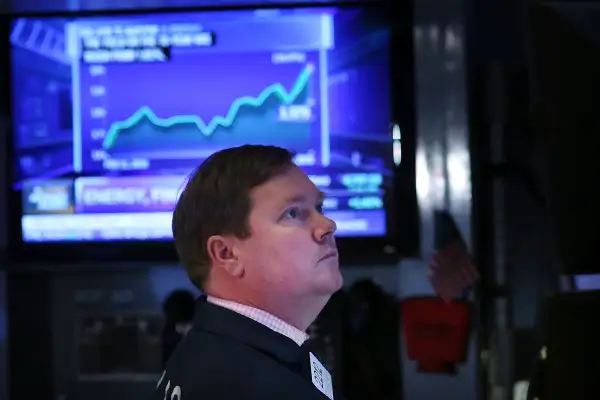Why Stocks Could Rise 20%
Money is not a client of any investment adviser featured on this page. The information provided on this page is for educational purposes only and is not intended as investment advice. Money does not offer advisory services.

Cheer up, this could turn out to be a good year for stocks after all.
After enduring their worst first week of trading ever in January, equities rebounded around Valentine's Day when oil prices recovered and the Federal Reserve made it clear it would keep interest rates low for longer than expected.
Since mid February, the S&P 500 index of U.S. stocks has gained more than 10%.
There's reason to believe that the rally may not be over.
That's because an interesting dynamic has taken root in the market. Since the start of the year, the yield on 10-year Treasuries has fallen from 2.25% down to around 1.70% thanks to a slow-growing economy with little hint of inflation. That means the dividend yield on the S&P 500 is actually greater now than what 10-year Treasuries are paying.
Why is this important?
"Since 1953, the S&P 500 gained an average of nearly 20% in price 12 months after the dividend yield on the index exceeded the yield on the 10-year note," says Sam Stovall, equity strategist for S&P Global Market Intelligence.
The last times this took place were in the beginning of 2013 and this past September. Investors might remember the market jumped 20% in the 12 months after March 2013, and is up about 7% since last September.
Now, nothing is guaranteed. But there is some logic behind the rise.
Investors, especially older ones, crave income in a low-rate environment. So when income investors can't be satisfied by the bond market, they turn their attention to dividend-paying stocks, pushing the broad equity market up with them.
- Calculator: What is my risk tolerance?
So as long as interest rates remain low, you can expect this trend to persist.
Charles Evans, the Federal Reserve Bank of Chicago President, recently said economic growth this year will only warrant two rate hikes in 2016. That's down from the four that Fed Vice Chair Stanley Fischer presaged a few months ago.
Even if two rate hikes come to pass short-term borrowing rates will still be dramatically lower than historical norms, and investors will likely enjoy a renewed appetite for stocks.
